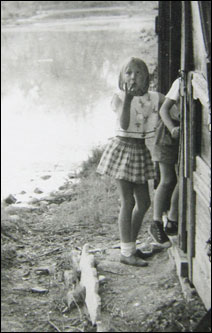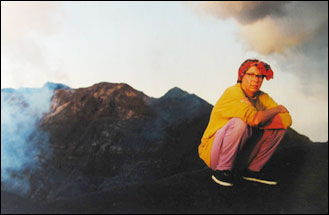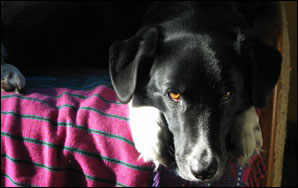| Home | Jan's Bio | Kids' Books | Visits | Museum-in-a-Bag | Fiction | Store | Fred's Art | Slime Molds | Links | Contact Jan |
| Illustrating Q & A | Dead Bird Step-by-step | The Rumor Step-by-step | Over in the Meadow Step-by-step |

a mini-skirt with attached bloomers
underneath.
I was born in 1955, in Sudbury, Ontario.
What kind of a childhood did you have?
A pretty good one. We always lived on the outskirts of small communities, so my friends and I hung out in fields and woods and got a lot of soakers in creeks. This was back in the days when parents wouldn't allow kids in the house unless it was minus eighty outside or there was a violent electrical storm, so we had a lot of unsupervised time. We traveled in packs. We built forts and looked for meteorites. We explored dangerous abandoned houses, the kinds that, these days, would be boarded up and wrapped in barbed wire. We rarely told our parents what we'd been up to since we knew it would only make them worry unnecessarily, and then they might restrict our movements. We all survived.
I was fascinated with the natural world and was an avid collector of things I found, as were my brother and sister. We brought home all kinds of things - skulls and fossils, bird feathers and nests, insects, snake skins, leaves. Eventually we labeled it all and made a museum in the basement, then tried to charge a 5¢ entry fee. My mother was the only one who paid. I'm still a collector and when I do school visits I bring what I call my "Museum-in-a-Bag" and pass around things like dinosaur bones, a beaver skull, mummified hummingbirds and a bat.
Our collecting wasn't confined to inanimate objects. Sometimes we brought home abandoned baby birds, thinking we could save them. This rarely worked, and my mother particularly resented the practice since she was the one who

